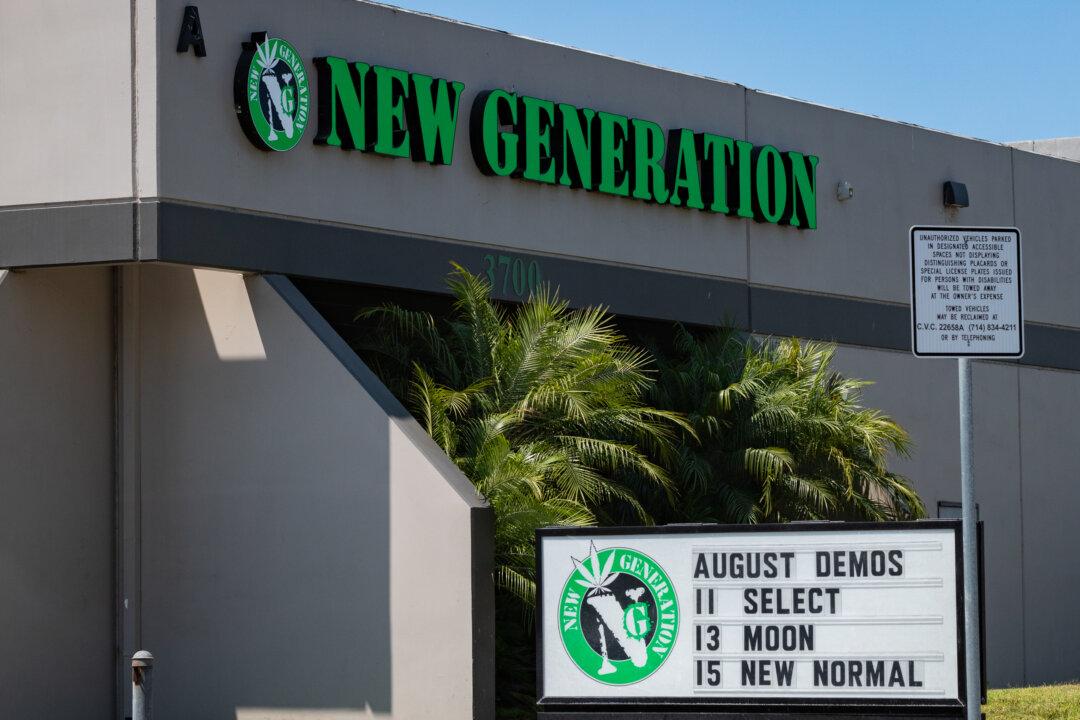Mayor Jennifer Fitzgerald of Fullerton, California, was one of two city councilmembers to vote against allowing up to five cannabis retail shops in the city.
The other three councilmembers approved the introduction of an ordinance on Oct. 6 that would make Fullerton the only other city in Orange County aside from Santa Ana to allow cannabis retail. The council will vote to adopt the ordinance at the next meeting.





